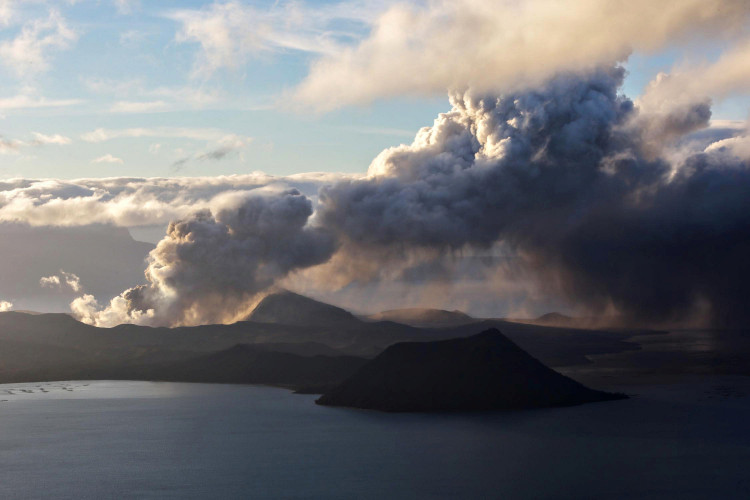It was Sunday, Jan. 12, 2020, when people were expecting nothing but an ordinary day. Taal Volcano, one of the Philippines ' most active and world's most unique volcanoes, spurred out its anger during a time that is less expected by the locals. The volcano's eruption is accompanied by ashes of a mile high, thick smoke, dangerous lava flows and a series of earthquakes.
With how frightening the scene has been, residents were left with no choice but to leave their homes and everything they have even their farm animals and pets to flee to safety. Just a few days after the incident, devastated locals endure the risks of going back to their homes to check their belongings and the lives they left, disregarding the possibilities of re-explosion at any moment.
"My home is now gone," shared Melvin Mendoza, a 39-year-old boatman and one of the residents of the island, as he returned home on Tuesday after a few days of staying in an evacuation center. "Everything's gone in the blink of an eye," he added. Mendoza is among the 30,000 people who are living within the nine-mile radius of Taal Volcano.
The thick gray ash covered everything like a carpet of snow: from hundreds of different homes to thousands of dead animals, trees, and structures. With the remnants of what happened, the explosion of Taal Volcano indeed has altered a once picturesque, rich, and beautiful tourist spot into something lifeless and depressing filled only with toxic ash, smoke, sulfur, and other harmful gasses, as revealed by The New York Times.
Residents also found several cracks along the pave, which made experts anticipate another powerful eruption about to happen soon. Furthermore, possible tsunamis are expected as earthquakes from the eruption might trigger it.
The authorities claim that given these circumstances, places that are near the vicinity of the volcano are still not safe to live in yet. They advise residents not to return and stay away from these places for now, as reported by CNN World.
Despite the tragedy that happened to their family, place, and most especially to their industry, Mendoza is still positive they can get through this problem and move on. His wife, Jasmin (34 years old), and two children (ages 10 and 14) have escaped safely from the disaster, and this, for him, is already enough for him to embrace new hope.
At present, people from different private and public sectors are now extending their help for the people of Taal. These good Samaritans are giving away food, water, and most especially face masks to protect the survivors from the toxic ashes and smoke.






